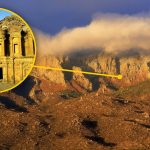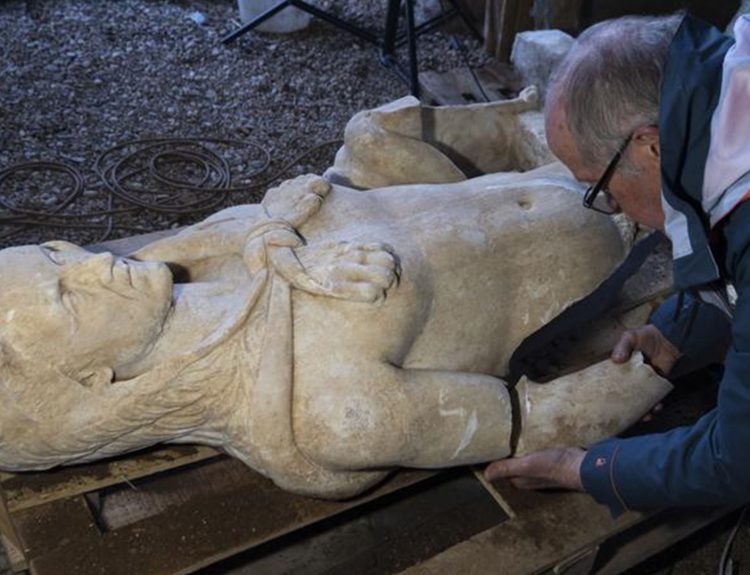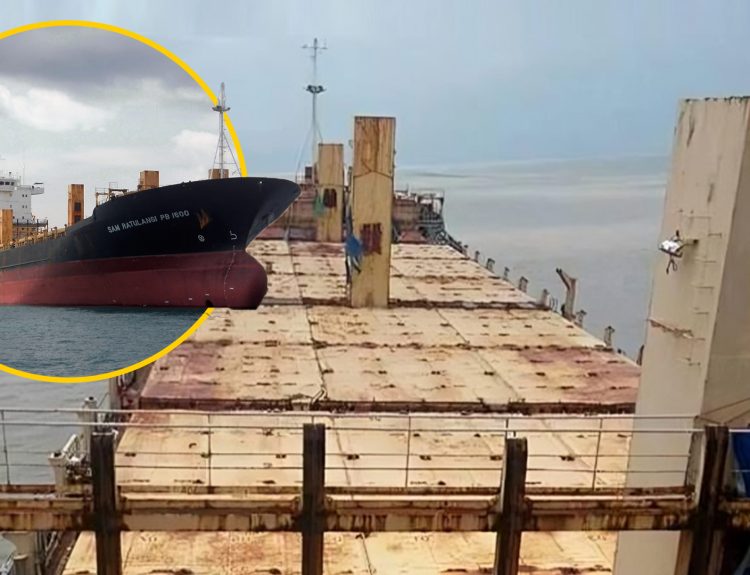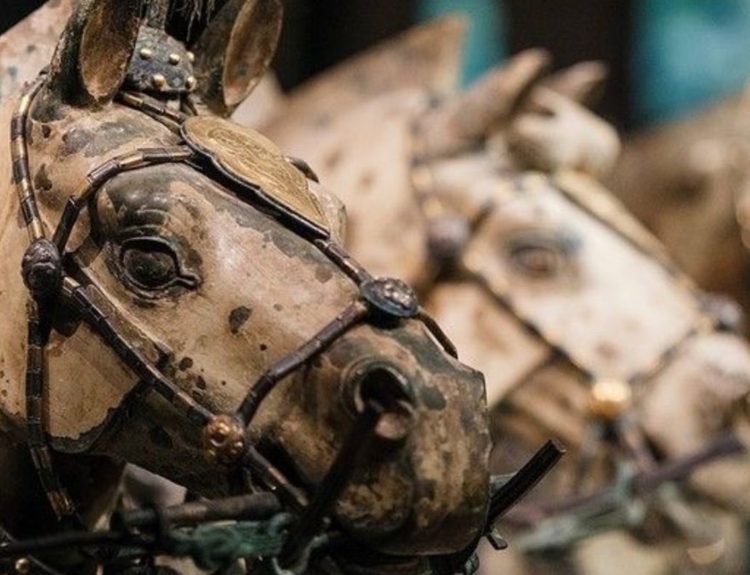According to the National Director of Heritage of Panama’s Ministry of Culture, Linette Montenegro, a trove of gold items and artifacts have been recently discovered at an archaeological site that is not only monetarily valuable but has “incalculable” historical and cultural value.
The archaeological site, El Cano, has not been completely excavated at this point. As we will see, there is a good reason why archaeologists are taking things slow. What has been discovered so far will help shed light on the rarely studied Gran Cocle culture from 700 to 1000 AD.
Pre-Columbian Panama
The El Cano archaeological site is located in a geographical area known as the Intermediate Area. It was so named in Gordon R. Willey’s 1971 book, An Introduction to American Archaeology, Vol. 2: South America, to describe the region between Mesoamerica and the Central Andes.
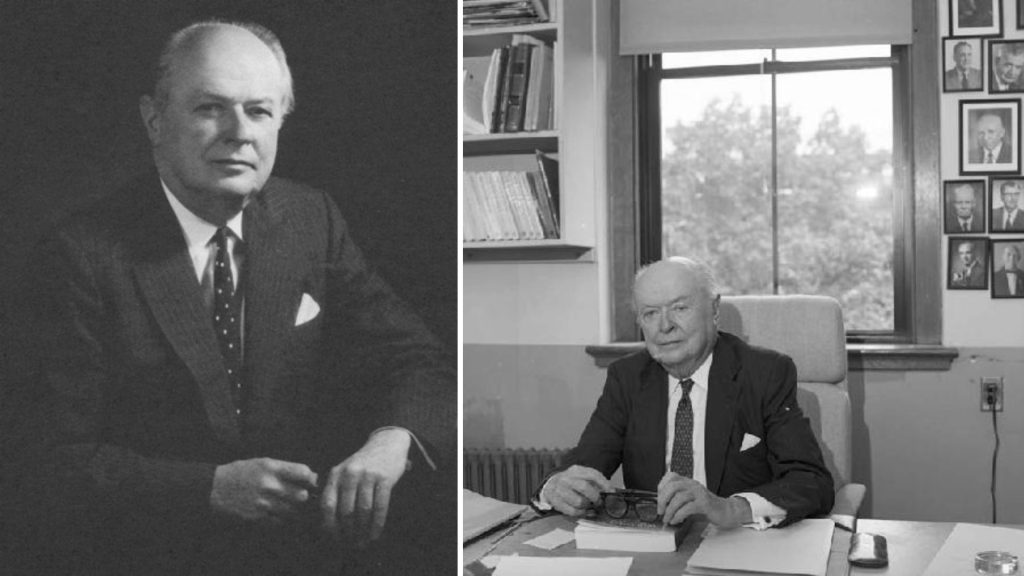
This Intermediate Area, which includes present-day Panama, Colombia, Costa Rica, and parts of Honduras and Nicaragua, was mostly ruled by small chiefdoms.
A Region that Was Often Overlooked
The Intermediate Area lacked the major city-states that we see in Mesoamerica, therefore the people and civilizations of pre-Columbian Panama were often ignored and disregarded.
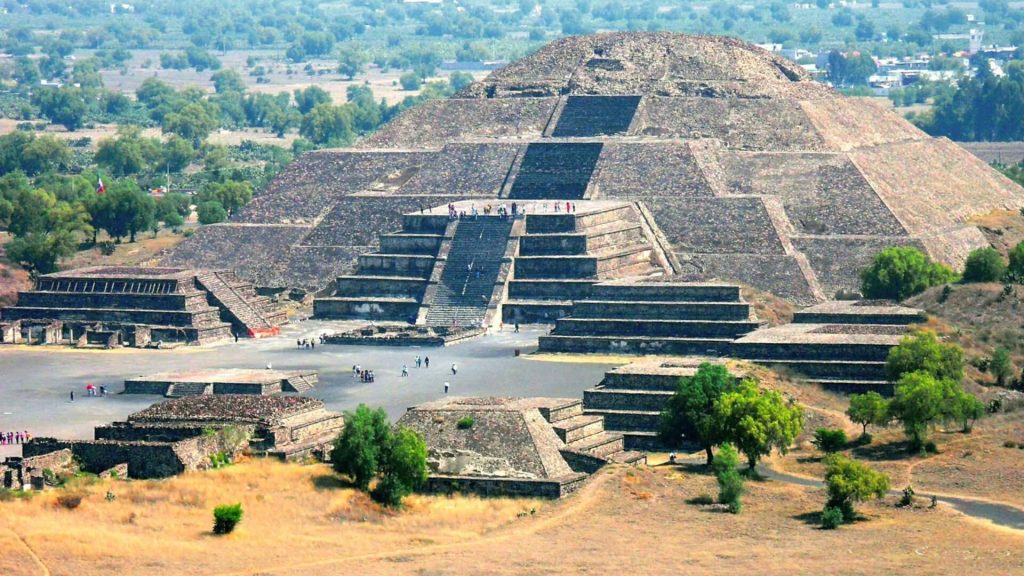
Archaeologists and historians are beginning to understand the cultural significance of these smaller, less advanced cultures more fully and how they have helped to shape the region.
A Unique and Vibrant Culture
Discoveries made in recent decades show us that people in the Intermediate Area were far more sophisticated than once believed.
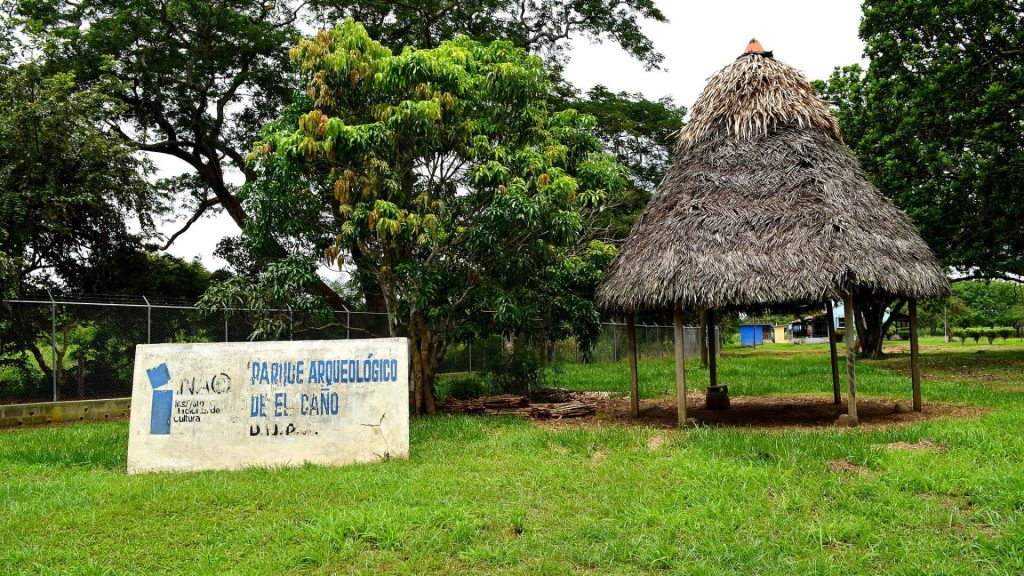
For example, archaeological finds have demonstrated that the cultures of the Intermediate Area were among the first people in the Western Hemisphere to engage in farming, metallurgy, and pottery making.
The Gran Cocle Culture
The Gran Cocle culture of Panama and the rest of the Intermediate Area is not really one culture, but a mix of several distinct indigenous cultures. Various societies flourished here during the La Mula period, from 150 to 300 AD, although little is known about these people.
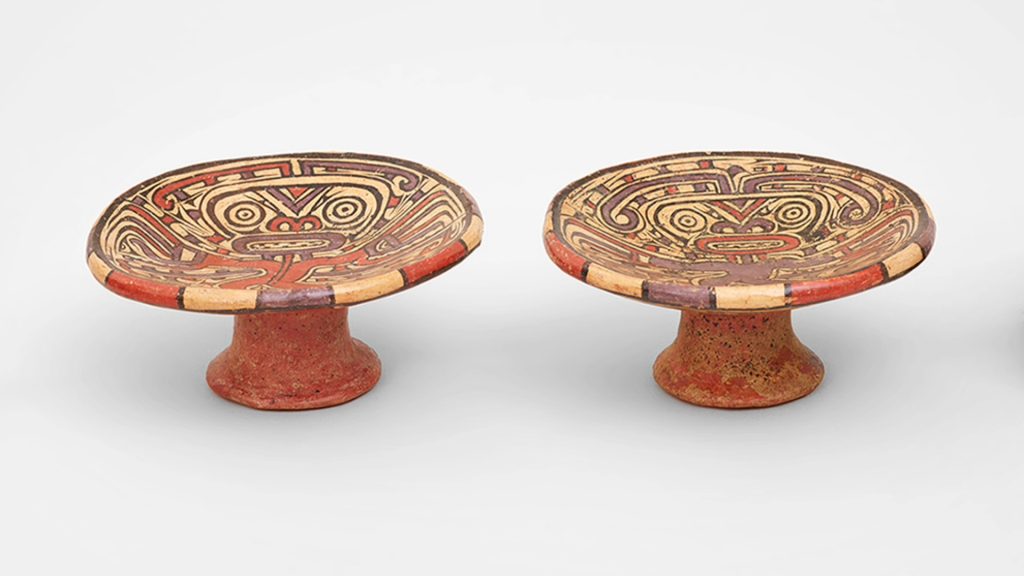
Researchers classify the Tonosi period as existing from 300 to 550 AD, and the Cubita period as following this, from 550 to 700 AD. The recent collection of gold artifacts discovered at El Cano dates to the Cubita period.
Gran Cocle Gold Was Traded Across Mesoamerica
Archaeological work in Panama began in earnest in the 1920s. At that time, researchers found ruins and burials containing uniquely designed and distinctive gold objects. The gold artifacts and the pottery of the Gran Cocle cultures were easily recognized by its fish and bird motifs, as well as the strong structural style.
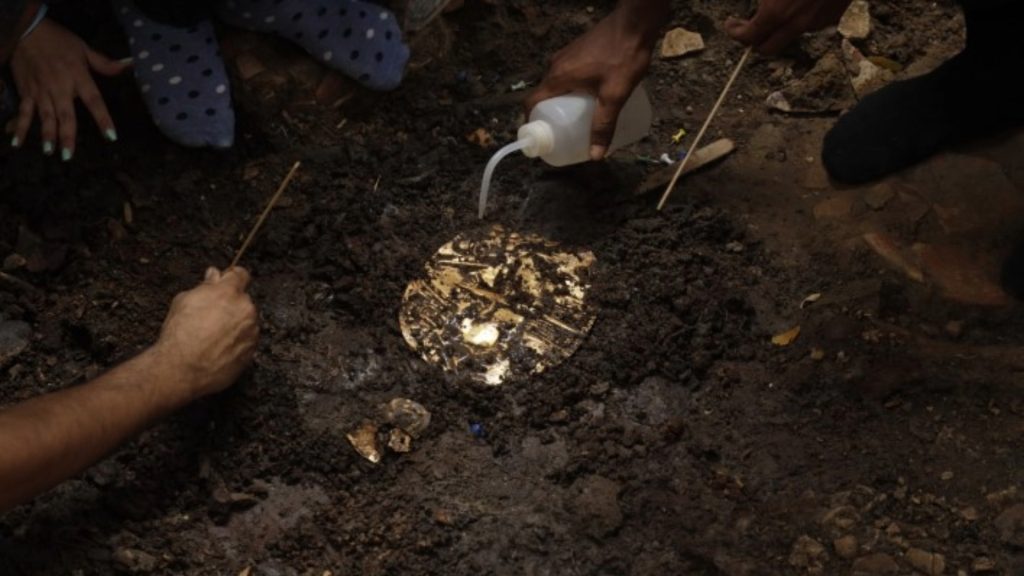
Researchers were surprised to see these examples of gold artifacts and pottery in other regions of Central and South America, including at Chichen Itza in Mexico’s Yucatan Peninsula. This was proof that the Gran Cocle people traded with neighboring cultures.
More Than Just Gold
In addition to the abundance of gold artifacts, archaeologists working in the Intermediate Area in the past one hundred years have discovered items made of various metals, carved bones, whale ivory, and shells.
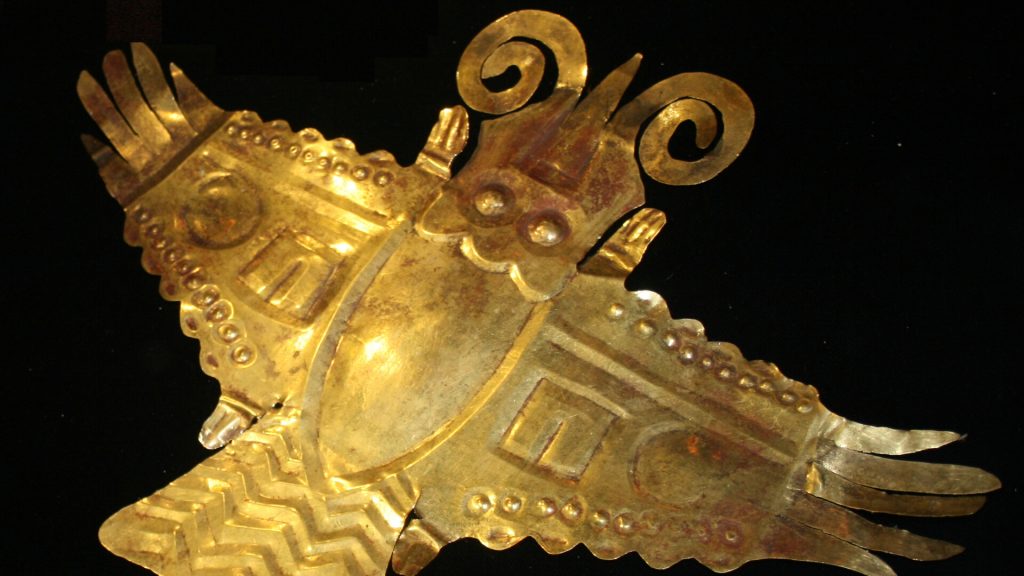
Jewelry items made of gold and semi-precious stones were also found. Even textile artifacts have been uncovered.
Poor Archaeological Practices of the Past Nearly Destroyed the Historical Evidence
One of Panama’s major archaeological sites, Sitio Conte, was discovered and excavated in the 1920s. However, Sitio Conte was the victim of poor archaeological practices and unprofessional techniques. Basically, the would-be archeologists were just searching for gold artifacts.
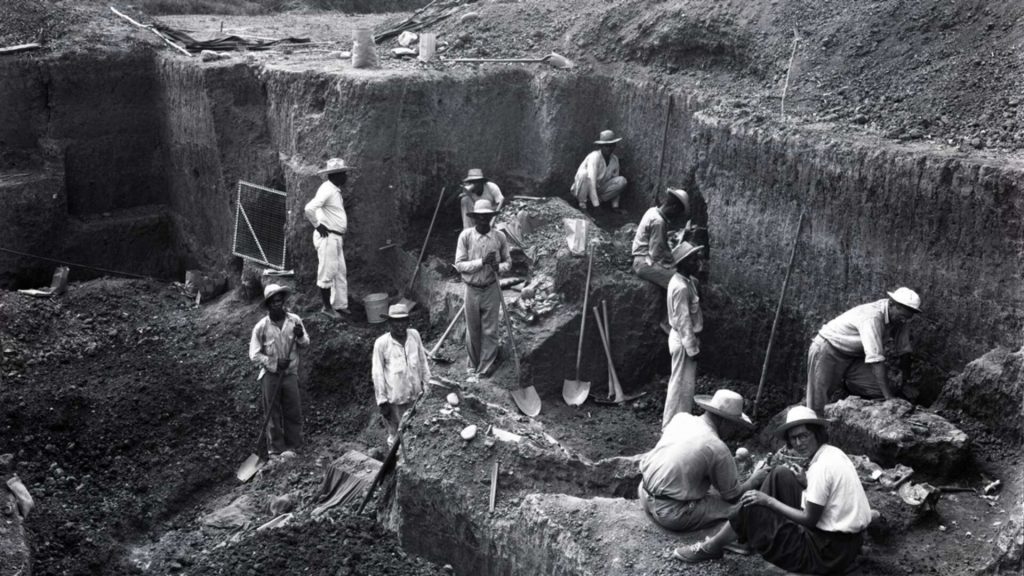
Much of the site was heavily damaged and historical items were destroyed. Important evidence was lost. In the 1930s and 1940s, two other noted archaeologists, Samuel K. Lothrop of Harvard University and J. Alden Mason of the University of Pennsylvania, conducted excavations at Sitio Conte and published articles about their discoveries.
Applying Lessons from Sitio Conte to El Caño
Panama’s second major archaeological site, El Cano, where this trove of gold artifacts was recently discovered, has been more carefully, slowly, and professionally excavated. Present-day archaeologists are more mindful of historical value and are more deliberate in their actions.
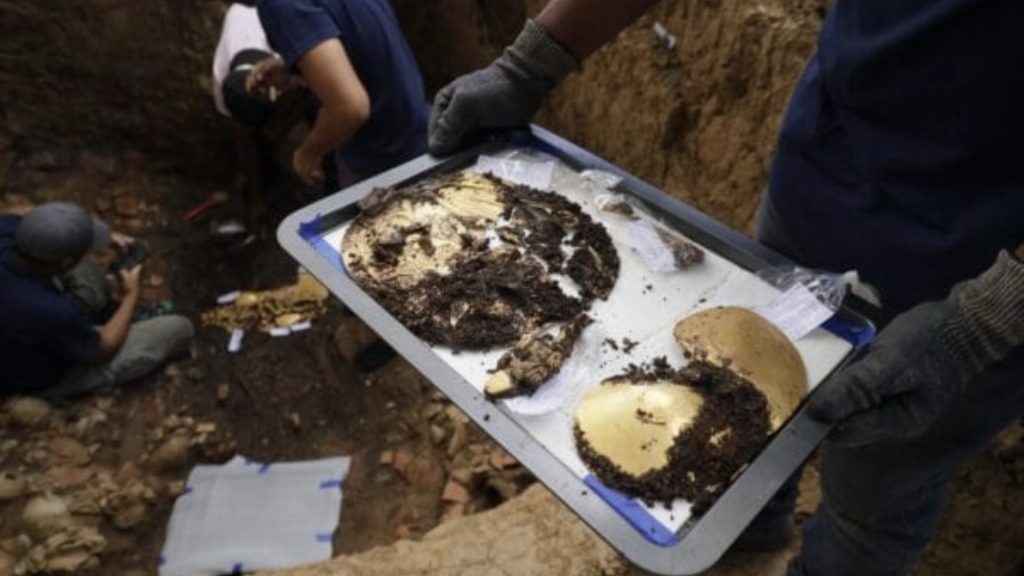
This is why the items found at El Cano have, as Montenegro explained, “incalculable” value, both from an historical and cultural perspective.
The Tomb of a Wealthy Lord
According to Julia Mayo, director of the El Cano Foundation, the recent discovery of gold artifacts was found in the tomb of a prominent, wealthy male, possibly a great lord. Based on an analysis of his skeletal remains, he was between the ages of 30 and 40 when he died.
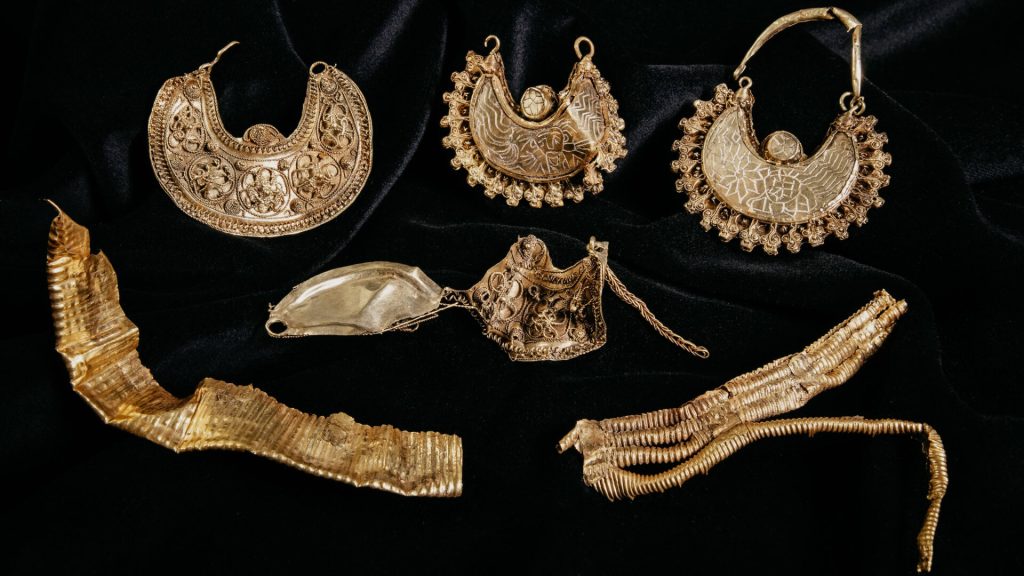
The tomb was dated to around 750 to 800 AD. In keeping with a burial tradition that has been seen at other Gran Cocle sites, the great lord was buried face down and his body was placed on top of the body of a woman.
Additional Occupants of the Tomb
Although the great lord was the main occupant of the tomb, there were more bodies found there beyond his and the female beneath him. Since the excavations are ongoing, it is not yet clear how many others were buried in the tomb.

According to the archaeologists, however, it appears that the other people who were interred there were sacrificial victims who were probably buried with the great lord to aid him in the afterlife.
Important Gold Artifacts
Included in the tomb were numerous gold artifacts. Quite possibly, these items were meant to convey the great lord’s status and importance in the afterlife.
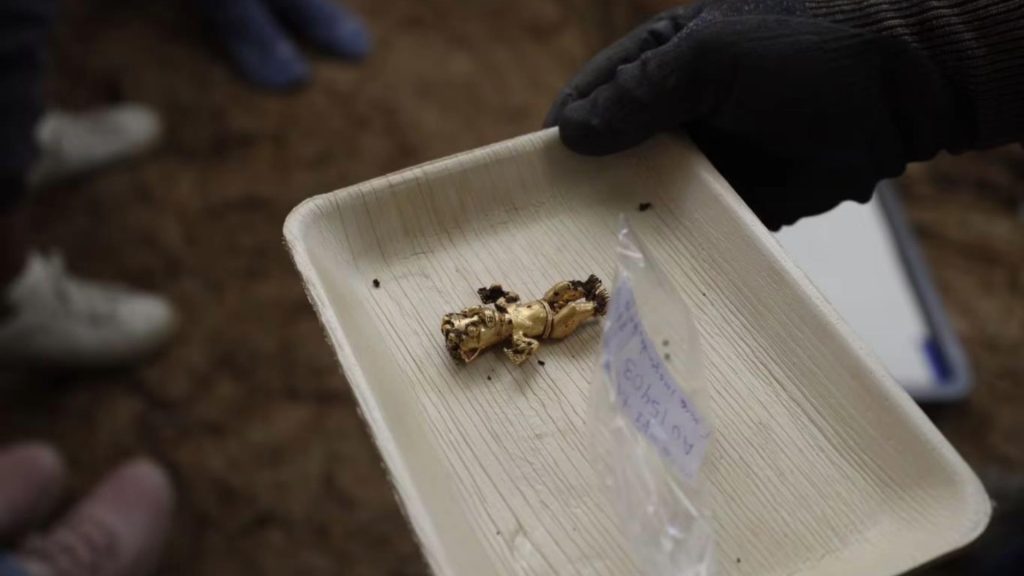
Among these objects were four gold bracelets and two belts that were made from round gold beads. There were also several gold bells and round gold plates.
A Collection of Earrings
Several sets of earrings were also found in the tomb. One set had the figure of a man on one earring and a woman on the other. Another set was shaped like a pair of crocodiles. Five pairs of earrings made from whale teeth were also found.
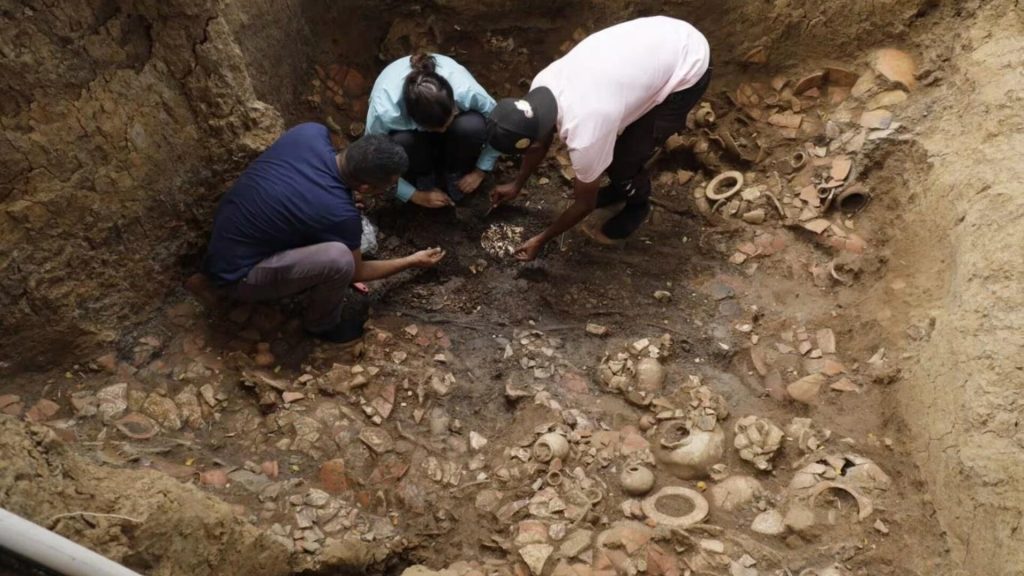
Additional earrings were fashioned from shells, bones, and dog teeth. All had been inlaid with gold. The exquisite gold artifacts are indicative of the style and technique associated with the Gran Cocle culture.
Just Scratching the Surface
According to Mayo, the tomb at El Cano is part of a much larger necropolis area. The tomb has not yet been fully excavated so archaeologists hope that it yields more valuable and historically significant artifacts.
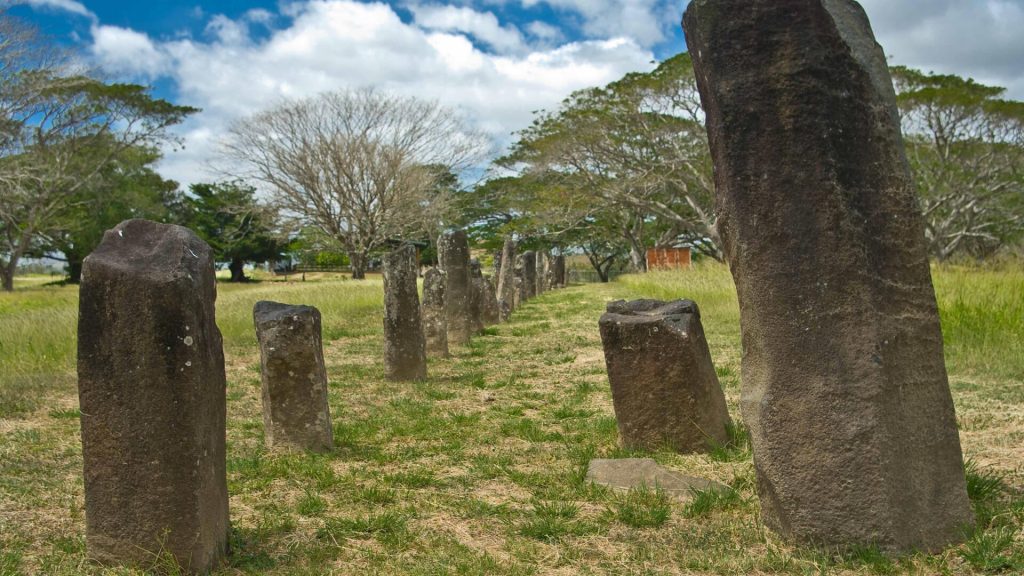
But this is just one tomb of many at El Cano. It is possible that there are others that hold even more incredible discoveries. Although it is exciting to find ancient gold artifacts, Mayo points out that the excavation work will also help researchers learn more about the pre-Columbian cultures of the Intermediate Area.



